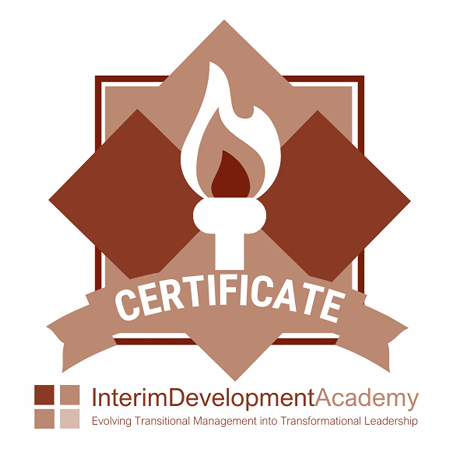There always comes the point in an organization when the natural order of things is change. Whether that change is an executive transition, upheaval in the Board of Directors, or even things greater than that. Things such as what should we do as an organization? Stay the same? Merge with another organization? Or even cease our operations?
What does one do or how does one handle this inevitable change?
As with everything, the mission should always be forefront and center.
Case in point, I want to examine one major organizational change that many groups must addresses – merging.
 I have some experience with mergers. For a few years, I worked at a religious order that had decided to consolidate. Now, there could have chosen any one of several options – cea
I have some experience with mergers. For a few years, I worked at a religious order that had decided to consolidate. Now, there could have chosen any one of several options – cea
se to exist, merge with another order, or combine their order to a larger entity. In the end, they chose to merge the order from local areas into one community, merging all the Northeastern states into one “community.” And, the end results, were that the merger made them more efficient and useful in many ways including financial, in their infrastructure and support, and in their ability to do ministry to those they serve.
In all cases, the organization should base these big decisions and transitions on how compatible the two or more organizations are in their missions. Are they like missions? Is this mission too much of a stretch? What will happen if they merge missions?
Then they need to determine if, in merging, the organization will become stronger or will it weaken? Will it dilute its services in merging? Will the organization change and become different?
But, most importantly how will this merger impact those that the organization exists to serve? Will the demographics of who the organization serves change? Will they serve this demographic in a different way? Will they serve an entirely different demographic? Will they stop serving a particular demographic?
What about the culture of an organization? What about history? What about past leadership? Will they become financially more viable? Stronger in its internal operations through greater infrastructure? More funding?
I have seen other organizations where these mergers have not been carefully thought out, and, thus, have not faired so well. They lost their identity to those they serve and the community; their organization’s culture of compassion and nurturance changed, and they lost their historical memory. But, most importantly their mission became diluted into a bigger whole and lost its effectiveness. For in this merger, long-time staff was forced to leave, and supporters turned away.
Significant change during an organization’s life cycle is inevitable and in some senses should be planned and accounted for in advance of this change ever transpiring.
If one keeps mission at the center of significant shifts in an organization, then the right decisions will be made. However, if the mission is left out of the picture when making this decision, almost, always, the merger is doomed to fail, or if it doesn’t fail, the organization is in for some rough perceptual seas and waves of transitions ahead.
P.S. – Are you ready to shift your nonprofit Board from management to governance? And, you want it to be successful? Get started with my FREE Non-Profit Governance E-Book and use the same steps that I share with my clients. Click here to download your FREE Non-Profit Board Governance E-book and start shifting your Board’s culture today. I will share with you valuable resources and tools on how to get started.














Leave a Reply
Want to join the discussion?Feel free to contribute!